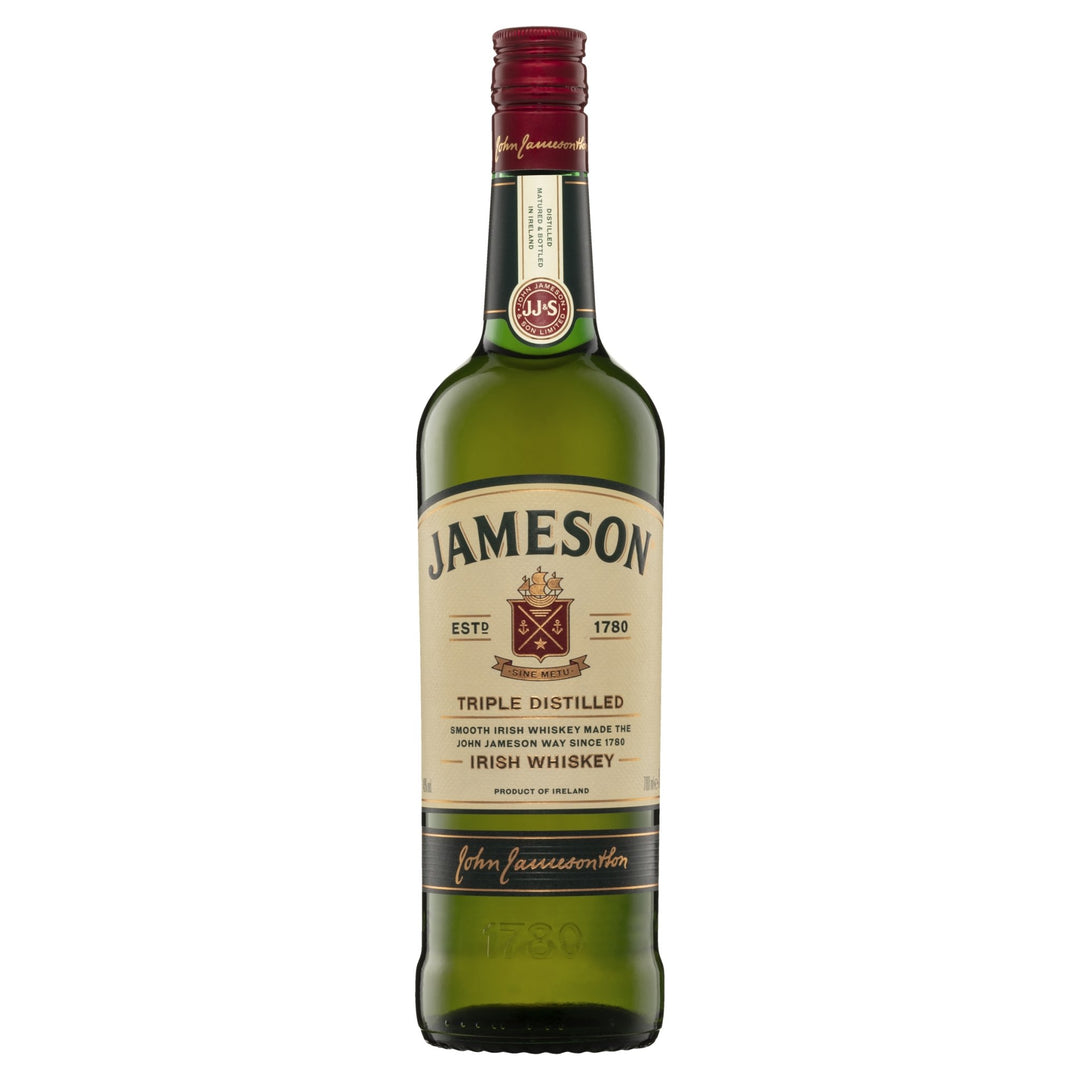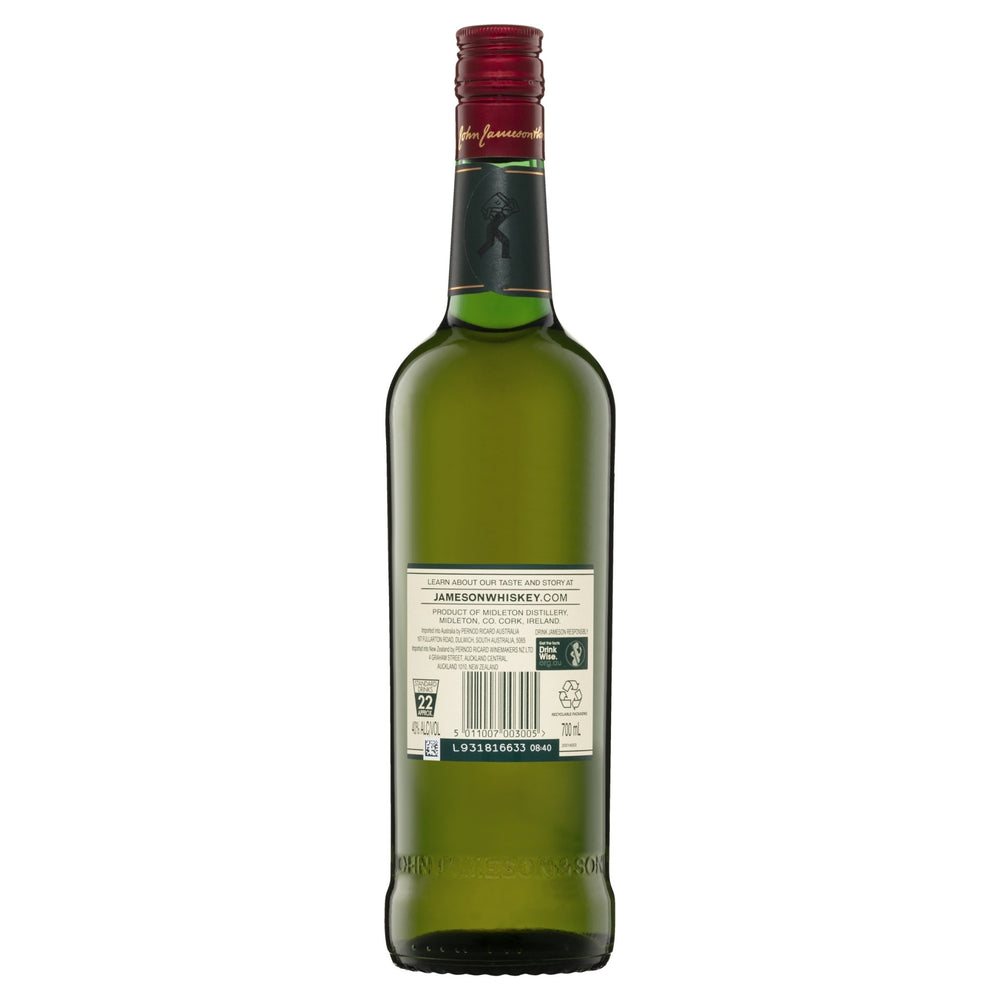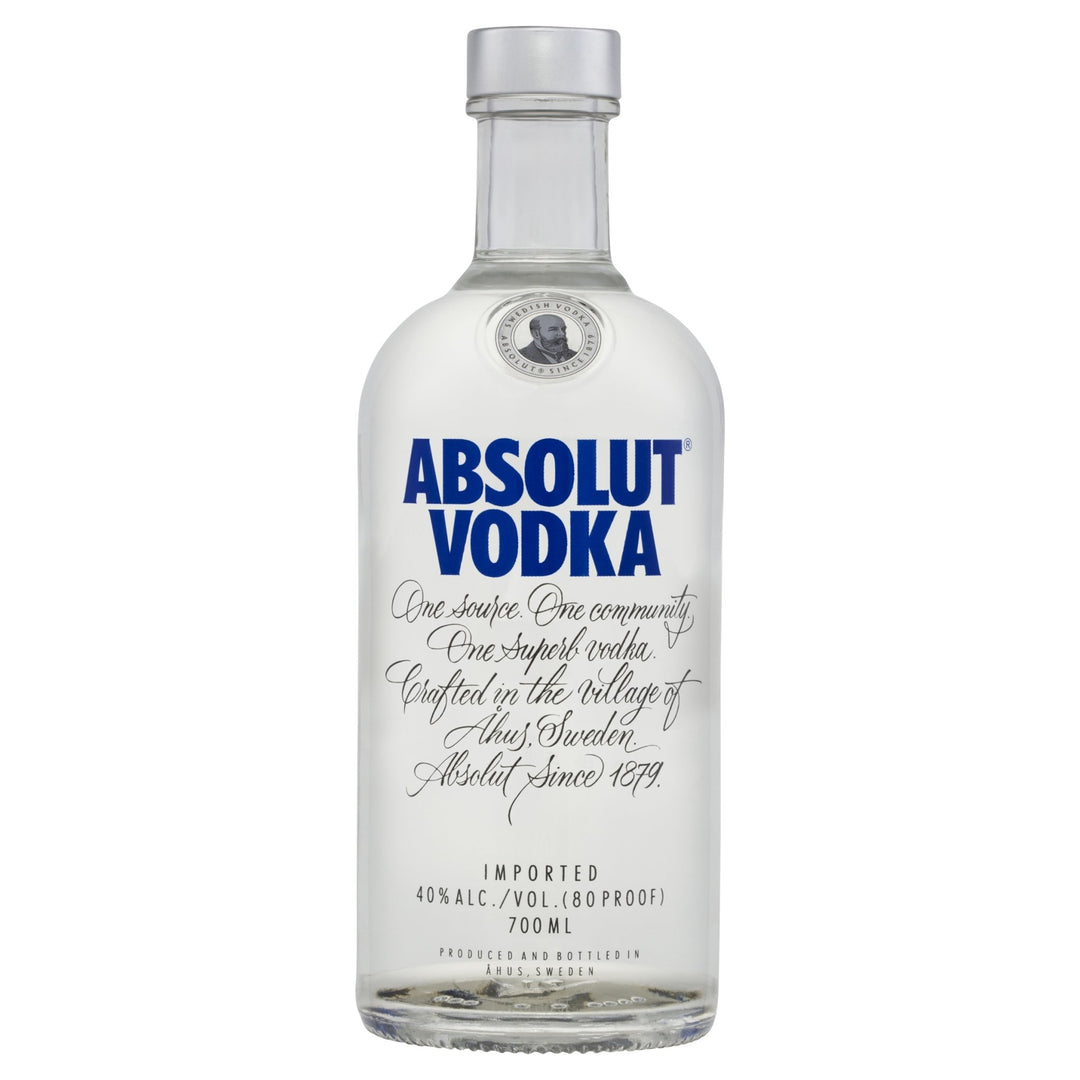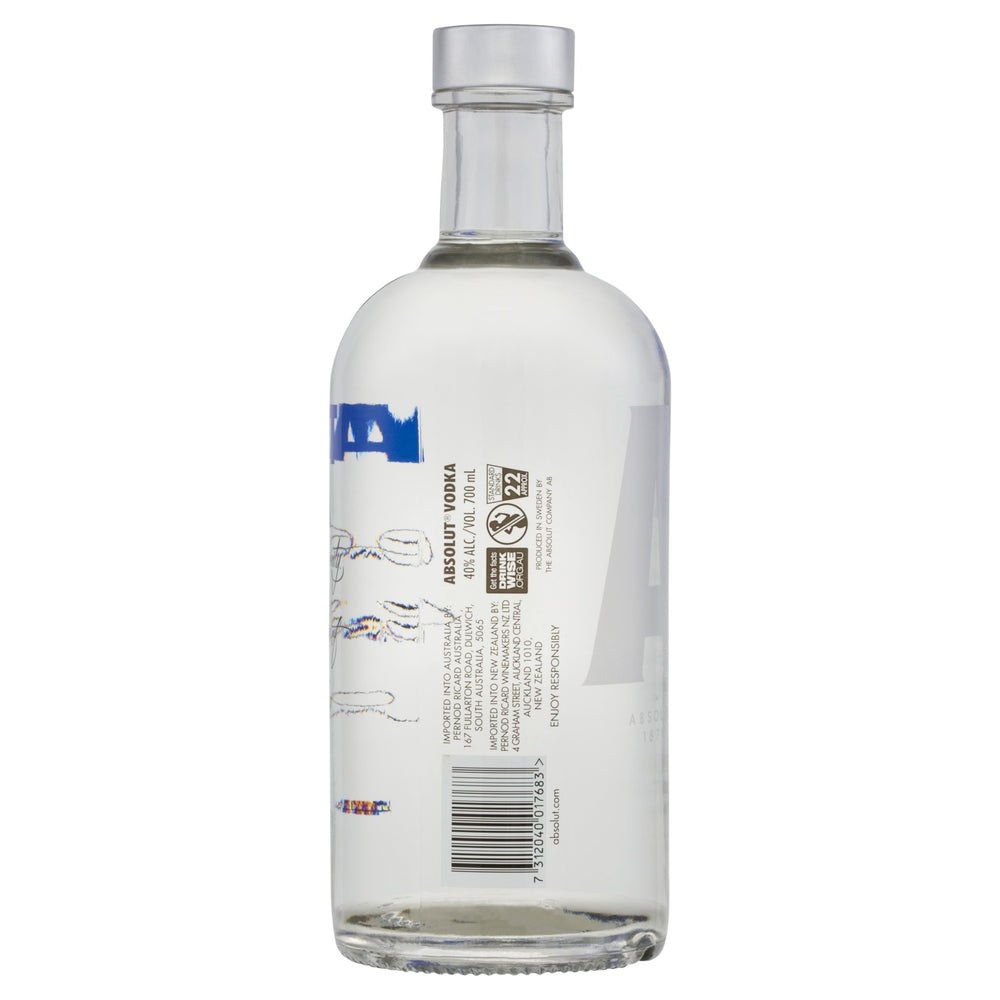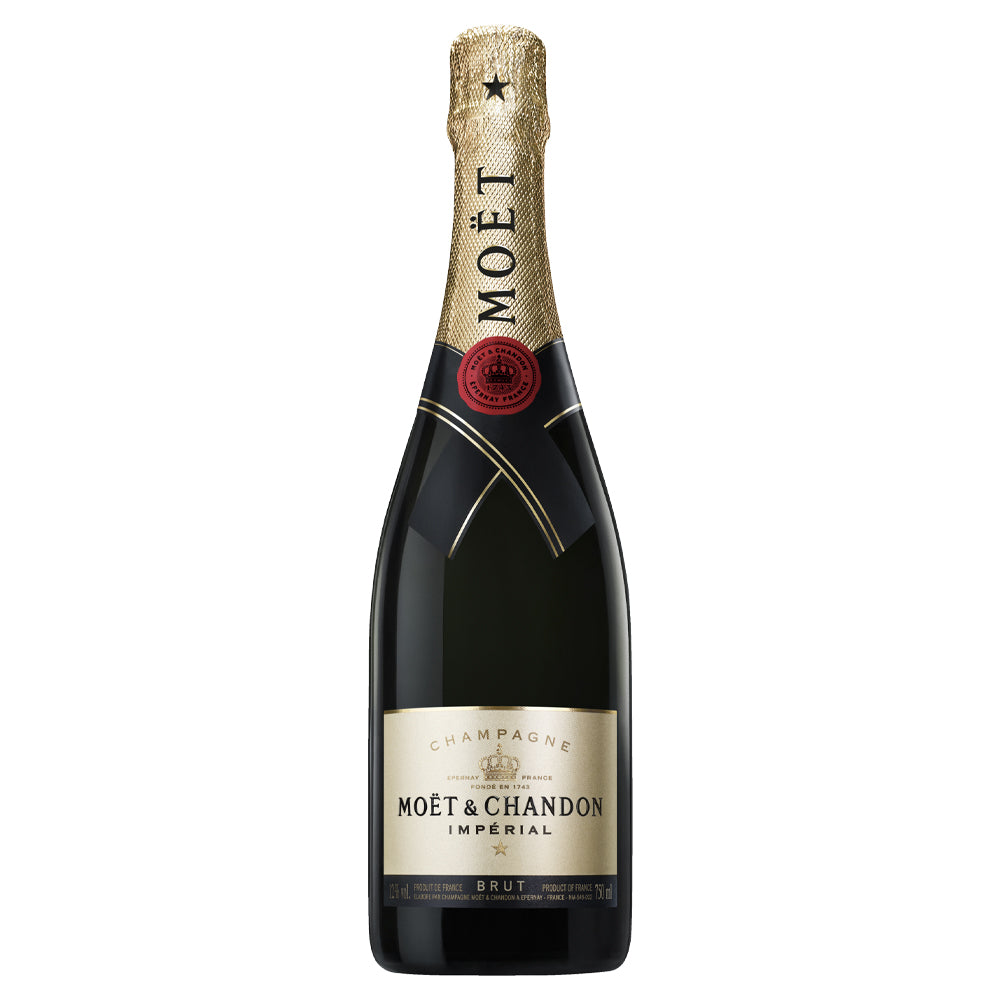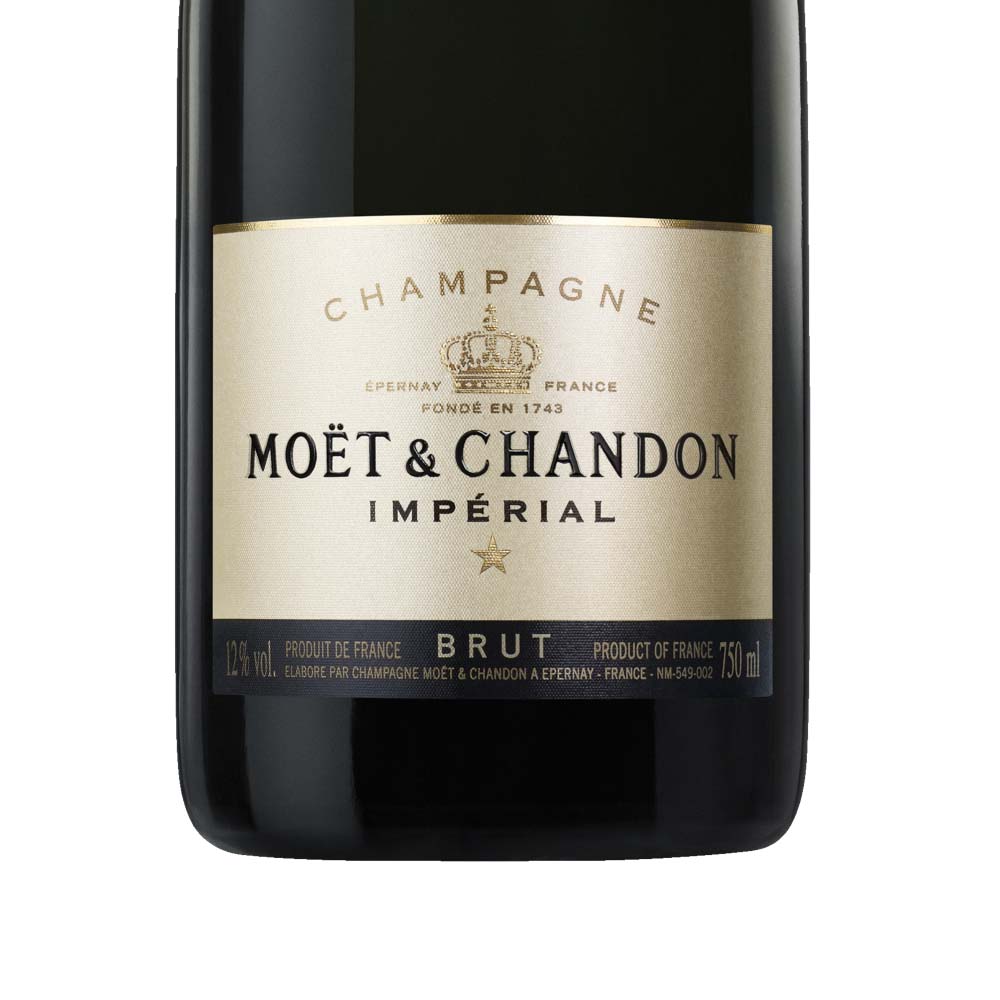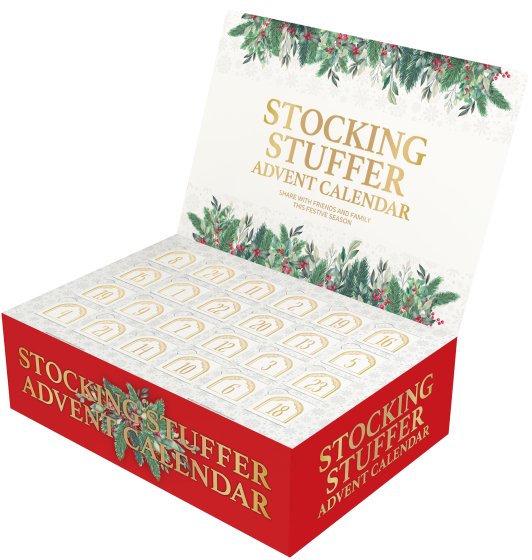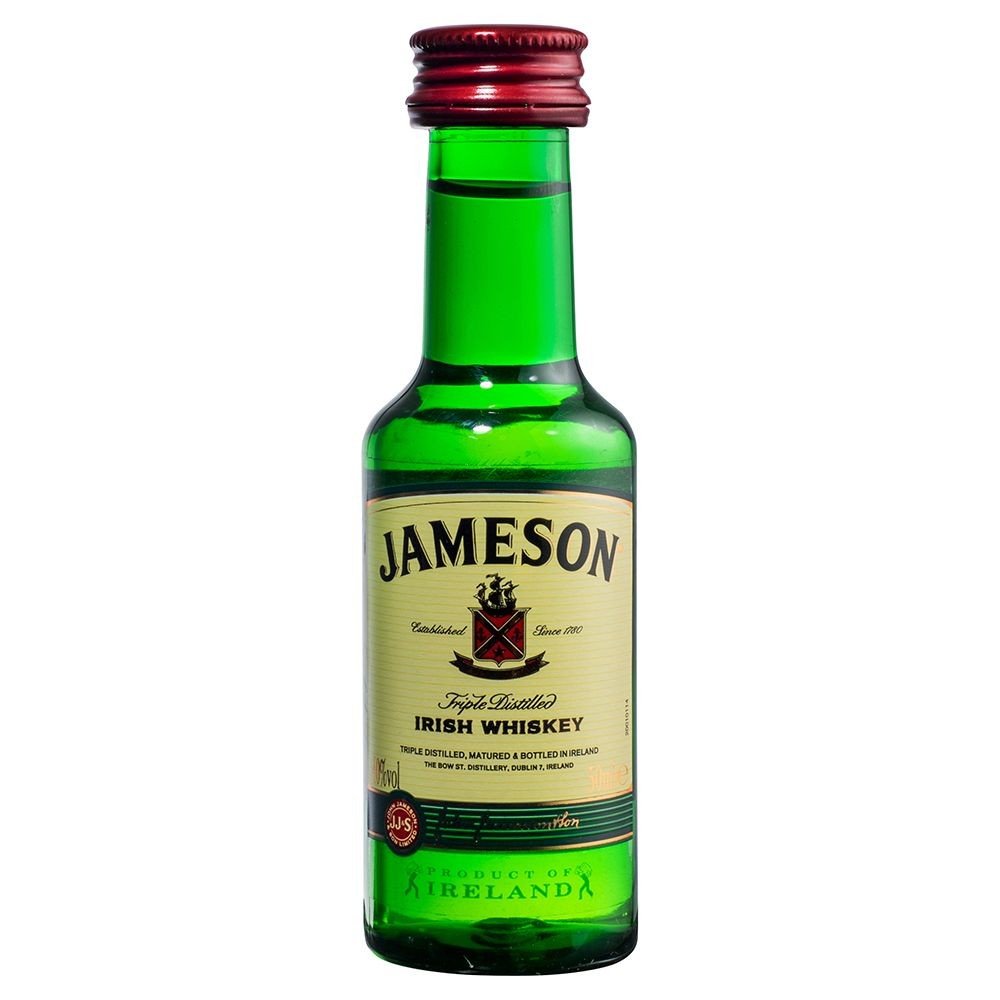Cooking with wine adds depth of flavour to any dish. And cooking whilst drinking a glass of wine, well you can never go wrong. We’ve compiled some information on the general do’s and don'ts, tips and tricks, ins and outs of cooking with wine.
An important rule of thumb to keep in mind when cooking with any wine is that you should only use wines which you would also drink. It’s a misconception that you can pour any old wine into your dish and it will still taste perfect ... trust us, it won’t. If you don’t like the taste of the wine you’re using or it’s gone off, you will be able to taste it in your cooking. Although, it’s not necessary to buy an expensive premium wine, if you pick out a good quality wine that you enjoy, it will enhance the flavours and draw out the characteristics of your dish.
Wine has many uses in the kitchen - it can be used as a sauce or jus, as a cooking liquid, to add to a stock, to add flavour to the dish and of course, to have a tipple whilst creating in the kitchen! But be careful not to use too much in your dish, otherwise it may overpower the food and throw the flavours out of balance.
When creating the perfect jus or sauce reduction, simmering your ingredients together with your wine of choice will accentuate its dominant characteristic, whether this be it’s sweetness, acidity or tannins. It’s a useful way of concentrating flavour and will make for a rich concoction to drizzle over a good cut of meat.
Using wine for extra liquid in cooking or using it in conjunction with stock is a great way to balance out a dish and add extra flavour. This works particularly well when cooking risotto, casseroles, stews and pasta dishes. A handy tip is to freeze any leftover wine in an ice-cube tray so that it doesn’t go bad and you can easily pop it into a pan whenever you need. But let’s be real, it’s a rare occurrence that we’d have enough wine left over to do that.
White wine
White wine is a lot lighter than red, so its flavours pair well with seafood, pork and chicken dishes. A fruity Riesling will pair beautifully with fish and lemon, whereas a creamy chicken pasta or risotto would be perfectly complemented by a crisp, dry Sauvignon Blanc or Pinot Grigio.
Red wine
Red wine is significantly bolder, so will go particularly well with red meat. The deep flavours of Shiraz and Merlot will make your dish exponentially heartier and more wholesome and are perfect to use when cooking tomato-based pasta, ragù or beef casserole. Usually it’s best to stay away from cooking with wine such as Cabernet Sauvignon, as it is high in tannins, which can bring out a bitter taste with certain foods. In saying that, a small dash in a hearty meal will go well.
But will alcohol still be present in the dish? While the answer isn’t definite, it’s a safe bet your guests won’t get intoxicated from eating the meal you’ve cooked them if you’ve added wine. Most of the alcohol will burn off during the cooking process and any small remaining amount will be negligible.
So, there you have it! Wine isn’t by any means needed in every dish, but it will complement perfectly those we have listed. Go forth young chefs, get creative and get cooking.




